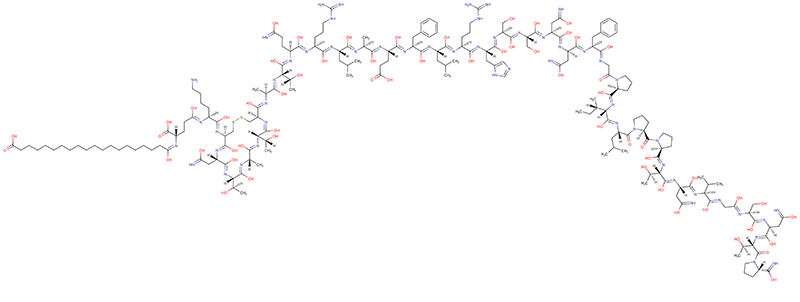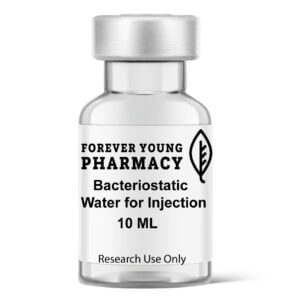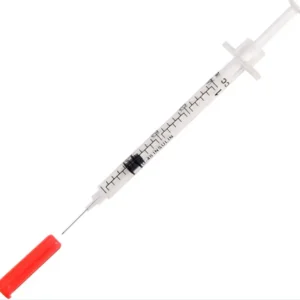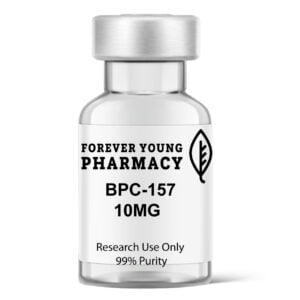Introduction to Cagrilitinide
Cagrilitinide is a pharmacological agent classified as a dual GIP and GLP-1 receptor agonist. It is being investigated for use in managing type 2 diabetes mellitus by supporting the body’s natural glucose regulation processes. By targeting both glucose-dependent insulinotropic polypeptide (GIP) and glucagon-like peptide-1 (GLP-1) receptors, Cagrilitinide may help enhance insulin secretion in response to elevated blood glucose levels, while potentially reducing glucagon release.
Mechanism of Action
Cagrilitinide’s mechanism involves stimulating insulin secretion from pancreatic beta cells, particularly during post-meal glucose elevations. It may also slow gastric emptying and promote feelings of fullness, which can assist with weight management—an important aspect of type 2 diabetes care. These combined effects contribute to improved glucose regulation and may support patients in achieving better glycemic control.
Key Research Areas
Multiple clinical trials have assessed the efficacy of Cagrilitinide in adults with type 2 diabetes. A randomized controlled trial over 24 weeks demonstrated a statistically significant reduction in HbA1c levels for participants treated with Cagrilitinide compared to placebo, indicating improved blood sugar management. Additional studies observed modest weight reduction in patients, which could provide benefits in overall metabolic health and treatment adherence.
Patient-reported outcomes have also been favorable, with many individuals noting improvements in energy, appetite regulation, and overall quality of life during treatment. These findings complement the clinical data and highlight the potential benefits of Cagrilitinide in diabetes care.
Ongoing real-world studies continue to monitor the medication’s performance outside clinical settings to better understand its practical application and long-term effects.
Research Only Disclaimer:
This product is intended for research purposes only and is not approved by any regulatory agency for medical use. It is not intended to diagnose, treat, cure, or prevent any disease.
Certificate of Analysis










